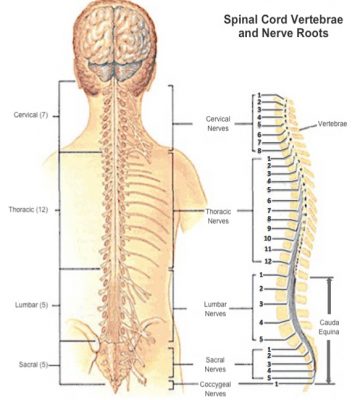Traumatic Spinal Cord Injury
Damage to any part of the spinal cord or nerves at the end of the spinal canal (cauda equina) often results in permanent changes in strength, sensation, and other body functions below the injury site. If you’ve recently suffered a spinal cord injury, it can feel as if anything about your life has been impacted. You can experience mental, emotional, and social harm as a result of your injury.
Many scientists believe that advancements in science will one day enable spinal cord injuries to be repaired. There are ongoing research studies all over the world. Meanwhile, therapies and recovery allow many people with spinal cord injuries to live healthy and independent lives. When a serious injury to the spinal cord occurs, the consequences may be devastating. Traumatic and non-traumatic spinal cord injuries are also possible. A car crash, a serious fall, a gunshot or stabbing, or other mishaps may all result in traumatic injuries. Injuries caused by disease or inflammation, such as arthritis, cancer, or infection, are classified as non-traumatic.
Symptoms
After a spinal cord injury, the ability to move your limbs is determined by two factors: the location of the injury in your spinal cord and the seriousness of the injury. The neurological stage of your injury refers to the lowest normal portion of your spinal cord. The completeness of the injury is also referred to as “the seriousness,” and it can be graded as one of the following:
1) Complete: A complete injury occurs when both sensation (sensory) and motor function (motor function) are lost below the level of the spinal cord injury.
2) Incomplete
Your injury is considered incomplete if you have any motor or sensory activity below the affected region.
Common causes of spinal cord injuries
1) Automobile and motorcycle collisions are the most common cause of spinal cord injury, accounting for almost half of all new spinal cord injuries each year.
2) Falls: The most common cause of a spinal cord injury after the age of 65 is a fall. Falls account for more than 15% of all spinal cord injuries.
3) Violent encounters: About 12% of spinal cord injuries are caused by violent encounters, which often include gunshot and knife wounds.
4) Sports and recreational accidents: Athletic events such as impact sports and shallow water swimming account for around 10% of all spinal cord injuries.
5) Alcohol: Around one out of every four spinal cord injury were caused by alcohol.

